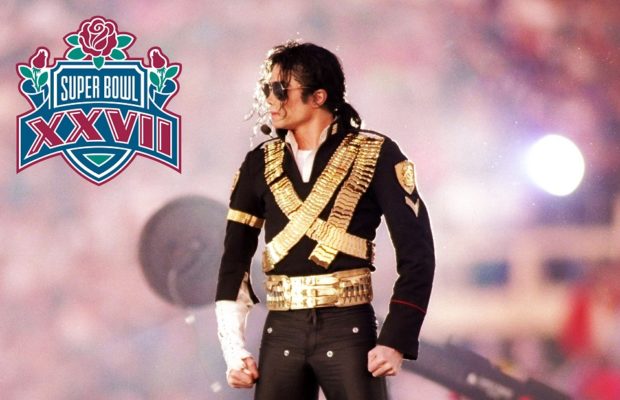Changes turn NFL into a cultural phenomenon

The National Football League (NFL) has progressed massively since first coming into existence back in 1920.
From new rules to the introduction of the Super Bowl and more, the NFL is a much different animal to its first incarnation.
Read on as we look at a couple of the key changes and how they’ve impacted the modern game.
The evolution of quarterbacks
The early rules of the NFL prevented quarterbacks from throwing the ball forward from within five yards of the line of scrimmage.
The passing game was virtually non-existent, resulting in a spectacle that was significantly duller than the one enjoyed by fans today.
According to research by Betway, no quarterback threw for more than 640 yards during the 1932 campaign.
The rule was changed the following season, transforming the game into the exciting spectacle that wows millions of people every week.
Last year’s Super Bowl winning quarterback, Tom Brady, threw for 4,355 yards during the 2018 regular season – perfectly highlighting the impact of the rule change.
The Super Bowl – An American Institution
While basketball supporters salivate about the NBA Finals, it’s fair to say that the event doesn’t tend to register on the radar of fans of other sports.
However, the Super Bowl has exploded into a worldwide event since fairly humble early beginnings, regularly attracting over 100 million television viewers worldwide.
Super Bowl weekend has become an American Institution, with people across the country hosting parties around the event.
The half-time show is something of a cultural phenomenon, with advertisers paying eye-watering sums of money for a premium spot.
